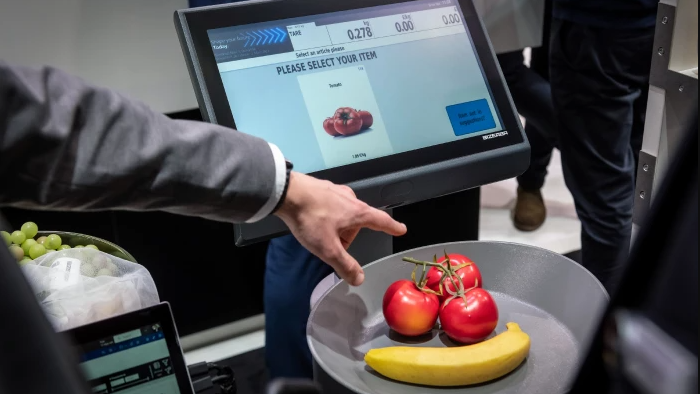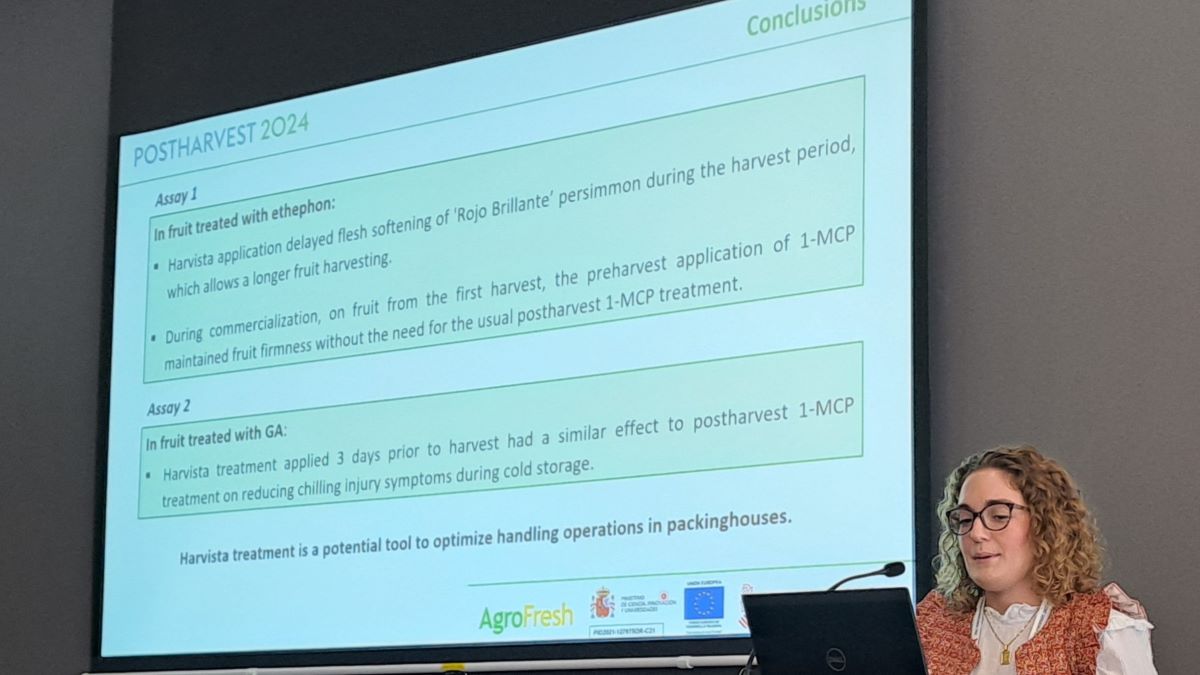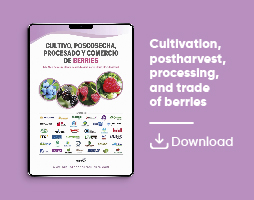Food spoilage is a major problem for the food industry, resulting in food waste and substantial economic losses for both manufacturers and consumers. The main causes of this deterioration are due to fungal contamination and can take place at different stages of the agri-food chain (i.e. before harvest, after harvest, during processing or storage).
In this review we will focus mainly on the pre- and post-harvest phases.
Fungal growth causes sensory damage to foods ranging from visual impairment to noticeable changes in smell, taste or texture, but can also have a negative impact on health due to the production of mycotoxins by some fungi.
To avoid microbial deterioration and thus prolong the useful life of the product, different treatments are used and among the most common are fungicides and chemical preservatives. However, currently public authorities encourage the food industry to limit the use of these chemical compounds and try to develop alternative natural methods for food preservation.
This trend is in line with the strong social demand for “clean label” food products, in which consumers demand more natural, less processed and safer products. In this context, microbial agents corresponding to bioprotective, fermented cultures, free culture supernatants or purified molecules, which exhibit antifungal activities, represent a growing interest as an alternative to chemical preservation compared to other physical treatments.
Currently, there is a need to provide food globally that covers the expected growth in the coming years and at the same time guarantees its quality by limiting the presence of chemicals in the environment and agriculture, which forces the development of alternatives. and innovative strategies. Among all the possible phytopathogenic agents that potentially affect crops and food, fungi and in some cases mycotoxigenic fungi are considered the main threat to food security, since they are present as contaminants in the main sources of nutrition of the world population.
Therefore, reducing mycotoxin contamination in agricultural products is one of the biggest challenges.
The prevention of mycotoxigenic phytopathogens is considered a valid measure to reduce the risks associated with food contamination by mycotoxins. In this sense, this review aims to provide a vision of the most relevant strategies in the control of fungi in the food chain and with special interest in those methodologies that minimize or eliminate the presence of toxins.
Potential control strategies
The strategies needed to control pathogenic fungi are evolving, largely due to the increasing incidence of fungicide resistance and tightening regulations on the use of chemicals and market trends that impose new challenges in food preservation.
There is a great diversity of fungi associated with different types of food products that vary according to the particularities of the product (e.g. composition, physicochemical characteristics and processing). Knowledge of the species that can damage each food group, the sources of contamination and the methods of dispersion of fungal particles are decisive when choosing the best forms of control.
Contaminating fungi often enter facilities through contaminated raw materials. In addition, it can be introduced into manufacturing facilities through packaging, pallets (mainly wooden), plastic wrap surrounding pallets or ingredients or packaging, etc., contributing to fungal contamination in the manufacturing area. Reducing the number of contaminants in the processing environment by using chemical disinfectants is one of the best ways to prevent the problem of early food spoilage by fungi.
The choice of the disinfectant agent and the knowledge of its antifungal efficacy and the agents allowed in the food industry against the main fungi that spoil food species is a necessary step to control losses related to fungal spoilage in the food industry.
Adequate hygiene of the industrial environment is of utmost importance to prevent and control fungal spoilage in the food industry. Taking all this into account, current control strategies could fall into three large groups: physical methods, biopreservation and new antifungals.
Contents
- Physical Treatments
- PEF (pulsed electric field)
- PL (Pulsed Light)
- CP (Cold plasma)
- IR (Irradiation)
- HPP (High pressure processing)
- Biopreservation
- Bacteria
- Yeasts
- Microbial consortium
- Other alternatives
- New antifungals
- Salts
- Natural compounds
- Edible coatings
- Antimicrobial peptides
- Single domain antibodies-Nanobodies
- Omic-technologies
Conclusions
Fungal infection or contamination generated by the presence of pathogenic fungi and/or mycotoxin producers affects both ingredients and food products in their productivity and quality and causes their deterioration and economic losses. The emergence of fungicide resistant strains and growing public concern about the health and environmental risks associated with the high level of fungicide use has generated great interest in the development of alternative control methods.
The UN Sustainable Development Goals aim to end hunger by 2030 by improving food security, sustainable agriculture and food production systems. The resistance of different fungi to the most common preservation methods forces us to look for new ways to increase the life of raw materials for food and food products.
The modernization of many physical treatments in order to improve the quality and safety of food is in many cases insufficient and has to be paired with other control alternatives such as biopreservation and the development of new antifungals. In that sense, biopreservation has made a qualitative leap due to the large number of microorganisms and their derived metabolites effective for control.
But without a doubt the development of new antifungals in all their aspects and supported by omics predict an increase in innovation in order to address the economic, environmental and safety challenges of the agri-food sector.
Source
Emerging alternatives to control fungal contaminationPaloma Sánchez-Torres, psanchez@iata.csic.esCurrent Opinion in Food Science
Available online 29 November 2024, 101255












